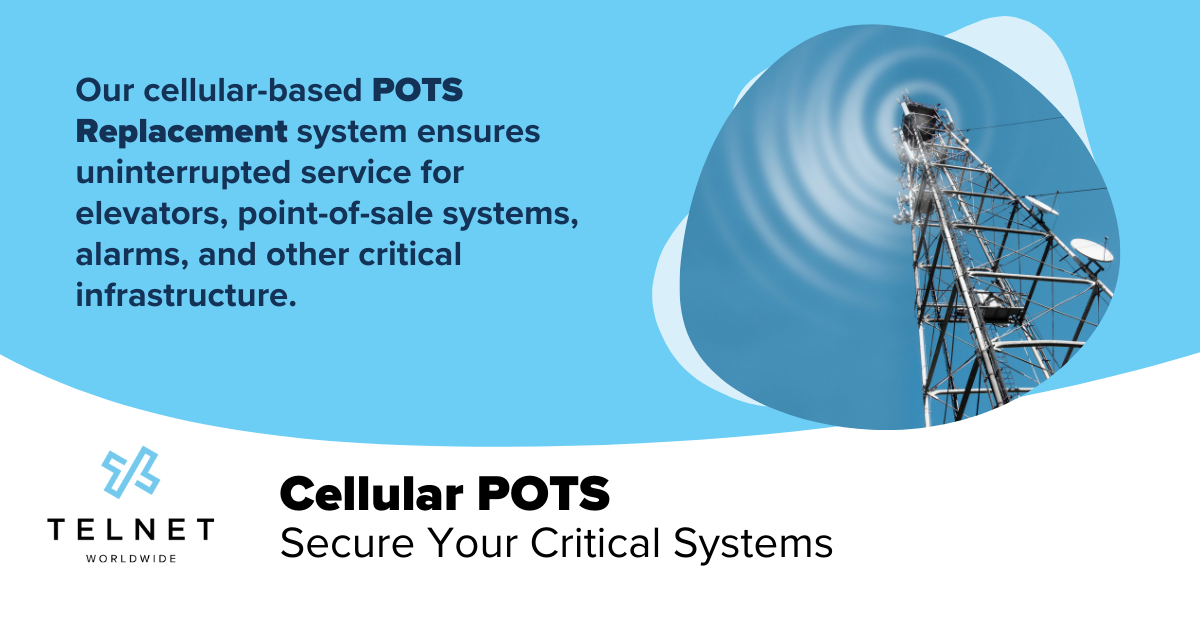As medical technology advances, so must the infrastructure to support it. Over the next couple of years, 47 percent of companies are expected to increase the use of their connected health devices. With more healthcare information technology being utilized, data becomes more sophisticated, resulting in large files requiring scalable databases. As an answer to this problem, hospitals are turning to data centers to support sensitive medical information and records.
At a Glance: Hospitals and Data
Since 2014, the American Recovery and Reinvestment Act requires public and private health care providers to store health records electronically. This move has simplified the process of patient care, allowing for medical records to be easily found within the same health system via mobile device. This act also resolves the issue of lost medical history, often a problem with hard copy files.
While this switch has improved patient care, it has put stress on the on-site servers doctors rely on to provide the highest quality care. Imagine if these on-site servers were to be compromised, down during critical times or wiped out completely. The loss would be devastating, not to mention life-threatening to many patients.
How Data Centers Improve Healthcare Information Technology
Scalability
Databases of medical records are constantly expanding. And now hospitals are required to keep medical records on average for seven years. Some medical facilities keep this data for even longer. Additionally, many hospitals make backup copies of records for disaster recovery and federal healthcare privacy laws.
On top of medical records, hospitals are also storing medical images too. MRI image size has doubled since 2015, and every year medical image archives increase substantially.
Between the considerable size of medical records and images, on-site servers have to scale in order to support all these digital files, a feat that’s costly and requires a great deal of planning.
For scalability, moving those servers to a data center is ideal. You can choose between a cabinet or rack space and expand as needed with a fixed monthly rate.
Reduction of Costs
With healthcare information technology getting more sophisticated and automation being implemented more and more, healthcare IT spending is increasing annually. Just Imagine, the upkeep it takes to maintain this with on-site servers.
Colocation is built to handle all core facility infrastructure including power, cooling, cabling and networking, which over time is expensive to run and maintain. Moving your equipment to a data center will turn your variable expenses into a monthly cost that’ll save you money in the long run.
HIPAA/HITECH-Compliant Security
Healthcare privacy is a hot topic. With the enforcement of HIPAA/HITECH compliance, healthcare professionals have to ensure that their servers meet these regulations — and if they don’t, they face expensive fines and penalties.
Colocation ensures your data is always protected with strict security protocols that meet certifications for HIPAA/HITECH-compliance. Such protocols include limited authorized personnel, multi-stage security, mantraps, PIN codes and video authentication.
The Future of Health: Telemedicine
More and more patients are recognizing — and even prefer — telemedicine: the ability to care for patients remotely, usually done by video conference or phone call. And no doubt, the spread of COVID-19 has only accelerated the move to telemedicine.
At Duke University School of Medicine, telehealth visits increased from less than one percent of total visits to 70 percent of total visits during the pandemic. To put this into numbers, that’s reaching more than 1,000 video visits per day. That’s a lot — can your servers handle that?
It’s critical to get the clearest information you can from your patients, and in return, give them the proper diagnosis and treatment. The last thing you or your patients want are hiccups on your video appointments. Imagine giving someone a difficult diagnosis and the stress is only amplified by a video meeting cutting in and out.
Colocating your servers ensures a clear path of communication by making sure they can expand their bandwidth and be redundant, so there’s no interruption to any appointments.
Don’t get stuck in a position where your servers are pushed to the limits. At TelNet Worldwide, we provide a world-class Tier III data center to meet all your requirements and regulations.
Schedule a data center tour today.





